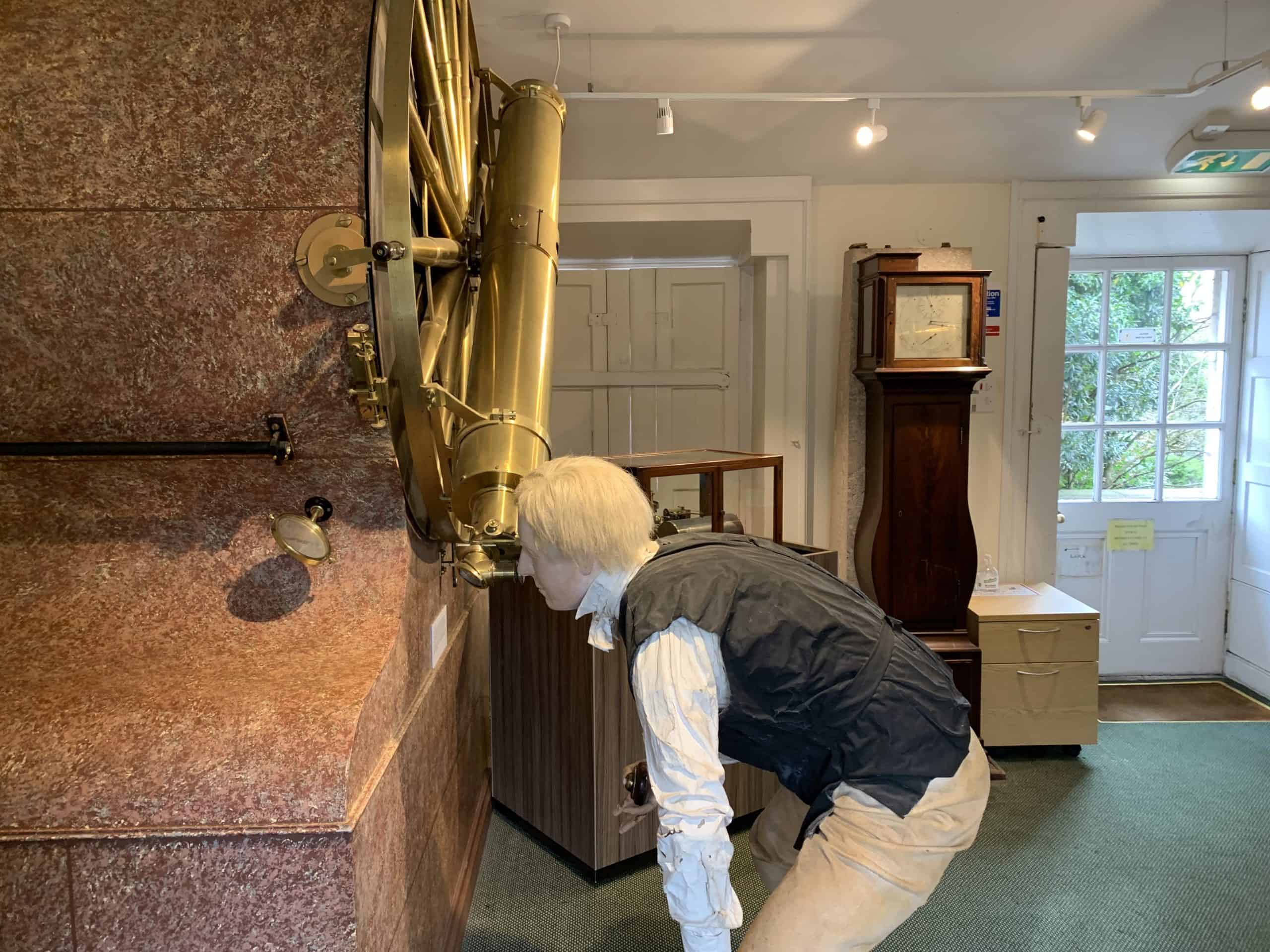“Our Sun is yellow… these stars would be violet.” – Professor Simon Jeffery
Armagh Observatory has monitored the weather for around 75 years and over the last few months, they discovered that November was the sunniest it has been in a whopping 98 years, while January was warmer, drier, and sunnier than average.
However, the astronomers in the historical astronomical research centre have made an even more astonishing discovery.
The research team led by Prof. Jeffery co-authored a paper published in Monthly Notices of the Royal Astronomical Society, which announced the discovery of eight of the hottest stars in our universe. This is “what we are here for”, said Prof. Jeffery to the students and team in a seminar at the Observatory Library.
Prof. Jeffery’s fascination with stars began with a nightmare he had when he was six years old. A product of an article he read about our sun’s fate of becoming a red giant one day, and this pleasant dream involved the Earth being swallowed whole by our expanding sun.
Yet, he went on to study these nuclear engines we call stars to make ground-breaking discoveries such as finding the central star of a planetary nebula, which he explains in the video above.
The paper was also co-authored by astronomers in Germany, South Africa, and Australia, using the ‘African Eye on the Universe’, known as SALT, which is the largest single optical telescope in the Southern Hemisphere.


As humans, we tend to grow wiser with age, and so we find that the eldest among us can teach us the most. The same logic, in a way, can be applied to these ancient stars.
“We’ve asked for time to study a further 400 stars which more than doubles our existing survey. There will be lots of interesting objects… And some of the things we are finding are remarkable.”
Professor Simon Jeffery – Astronomer
He continued that by finding these evolved stars, they can continue to create a “track or life history” of sorts for other stars out there. By analysing these evolved white dwarf stars, astronomers can predict how other stars will change over time, changing what we know about stellar evolution.
If you would like to read more about this fascinating discovery or learn more about Armagh Planetarium and Observatory, follow the links below.
Hi, I am a 21-year-old second-year Journalism student at Ulster University, Coleraine.